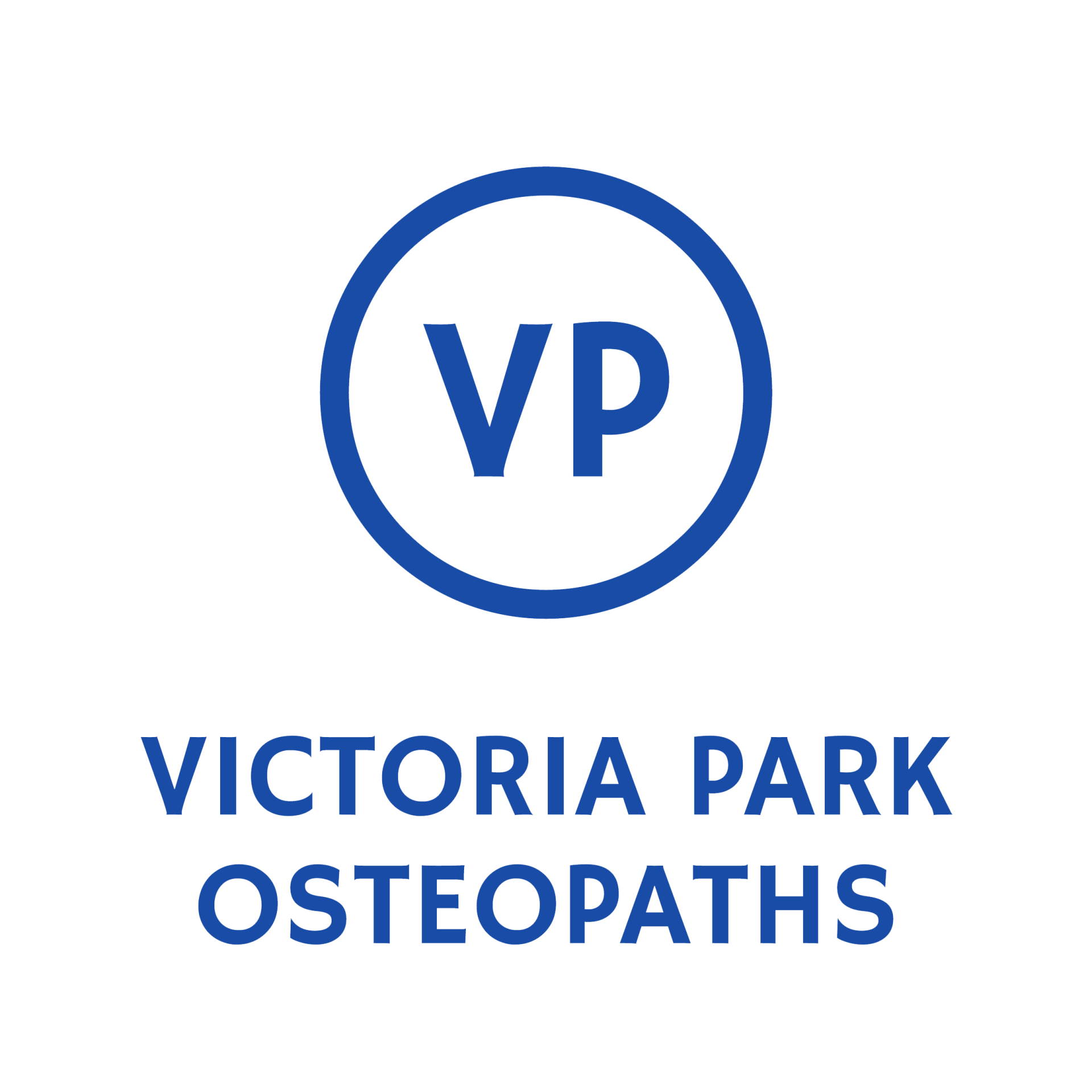What is FAI?
Femoroacetabular impingement (FAI) occurs when the shape of the hip joint causes abnormal contact between the femoral head (ball) and acetabulum (socket). This can irritate the cartilage and labrum over time, leading to stiffness, pain, or labral tears.
There are three types:
- Cam impingement: the femoral head is not perfectly round
- Pincer impingement: extra bone on the edge of the socket
- Mixed (both)
— the most common
Symptoms & What You May Experience
Typical features include:
- Groin pain during or after activity
- Pain when sitting for long periods
- Clicking, catching, or stiffness in the hip
- Reduced internal rotation or flexion
- Discomfort during squatting, lunging, or twisting
- Sharp pain when standing from a low seat
- Referral into the buttock or thigh
Symptoms may start gradually, especially in active adults.
What causes FAI?
Factors contributing to FAI include:
- Bony changes in hip shape (often developmental)
- Repetitive hip loading or rotational sports
- Previous hip injury
- Labral tears or cartilage changes
- Poor hip mobility or muscular imbalance
Not everyone with bony changes has symptoms — issues arise when movement irritates the joint.
How We Help (At Victoria Park Osteopaths)
Treatment aims to improve biomechanics, reduce compression, and support joint health:
- Joint mobilisation of the hip, pelvis, and lumbar spine
- Soft tissue therapy to reduce tension in hip flexors, glutes, and adductors
- Strengthening of core and deep hip stabilisers
- Movement retraining for squatting, walking, and sport mechanics
- Offloading strategies and pacing advice
- Postural education and home exercises
Where appropriate, we can help coordinate imaging, injection, or surgical referral.
Recovery Time & What to Expect
- Mild to moderate cases: 6–12 weeks of rehab often reduces symptoms significantly
- Structural or persistent issues: 3–6 months of strengthening and movement rehab
- Surgery may be used in younger, active individuals if conservative care isn’t sufficient
When to Seek Medical Review / Red Flags
Further medical input may be needed if:
- Pain limits normal activity or sport
- You experience locking or catching
- Night pain or rest pain is present
- There is no improvement after a period of guided treatment


